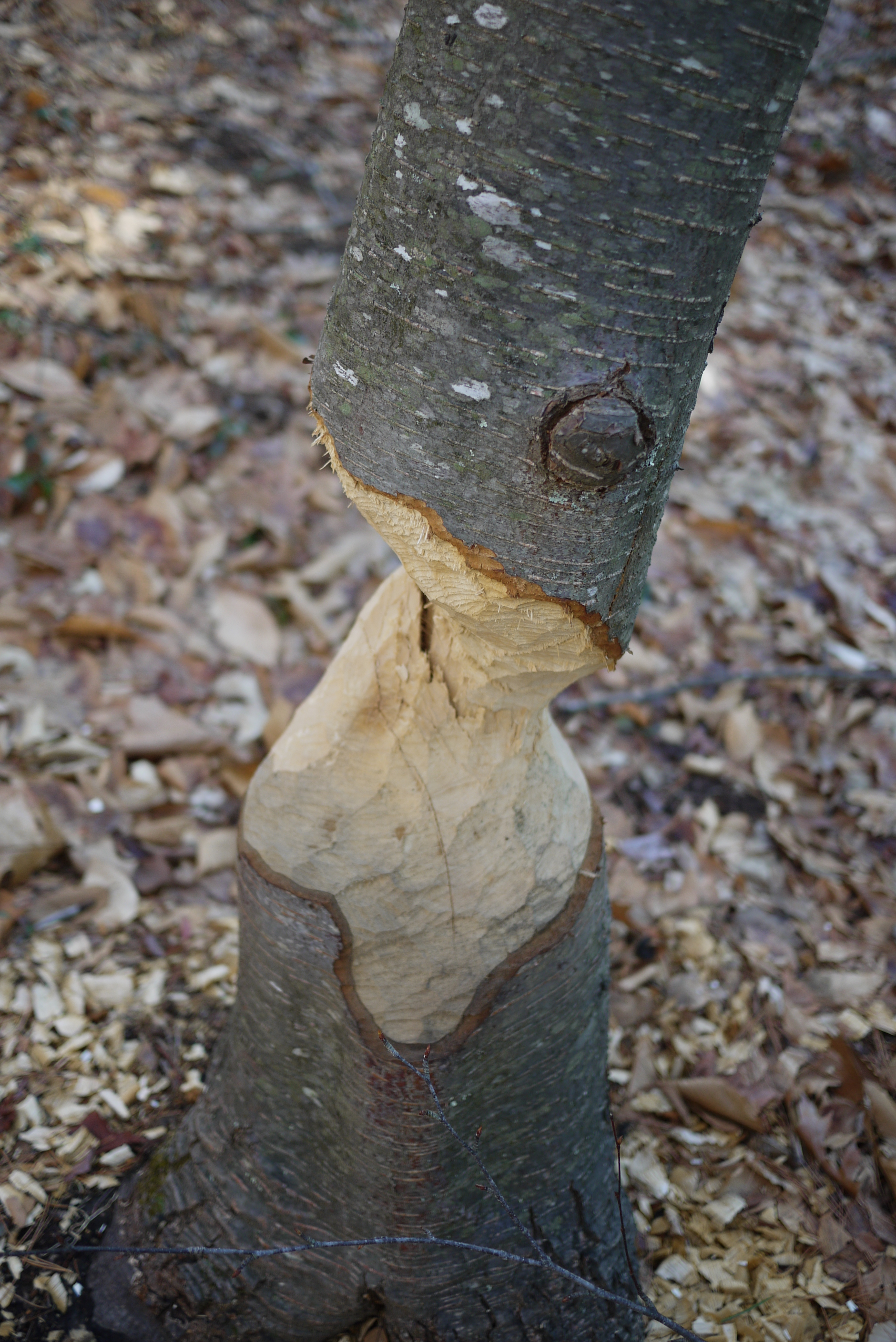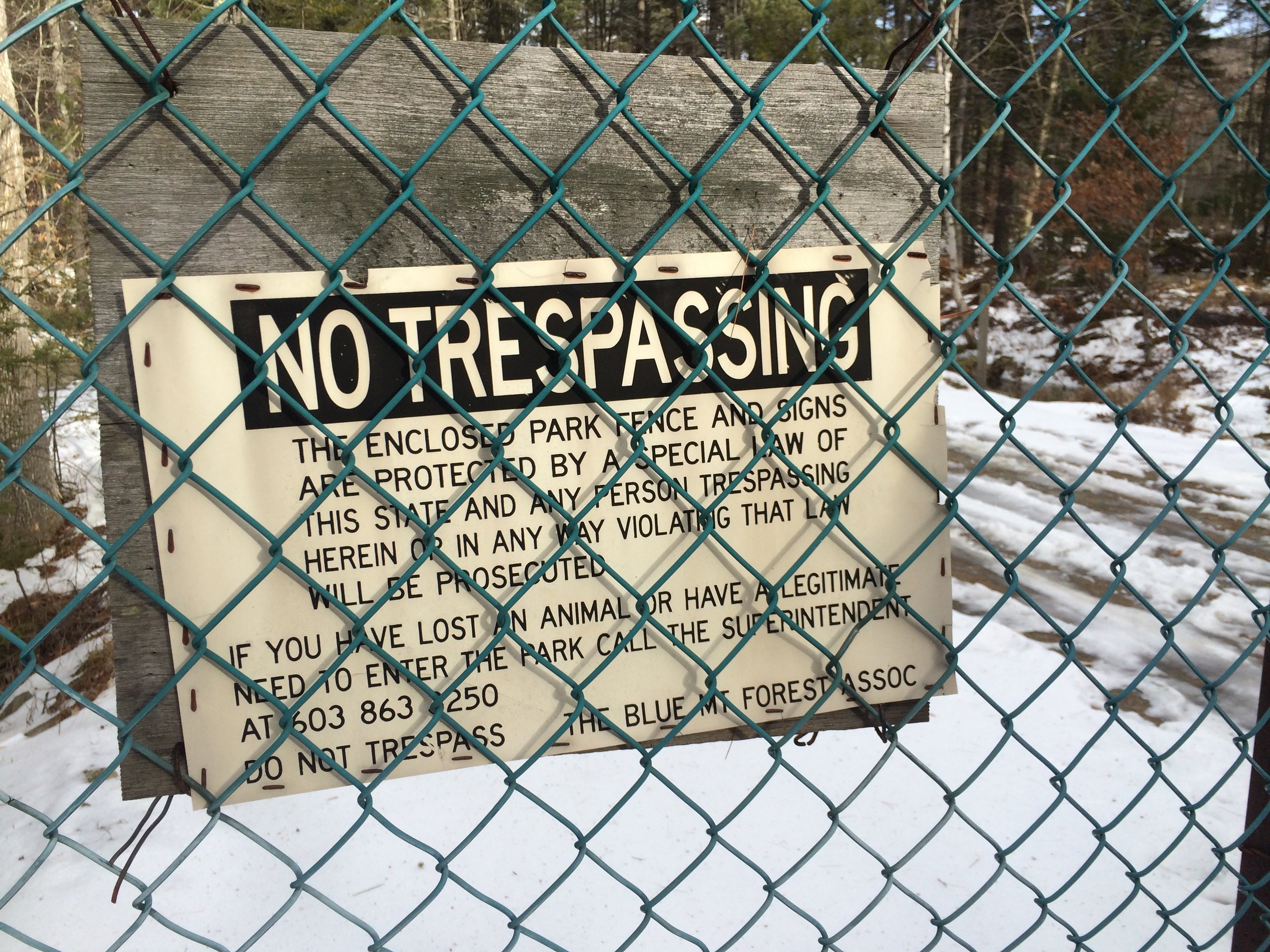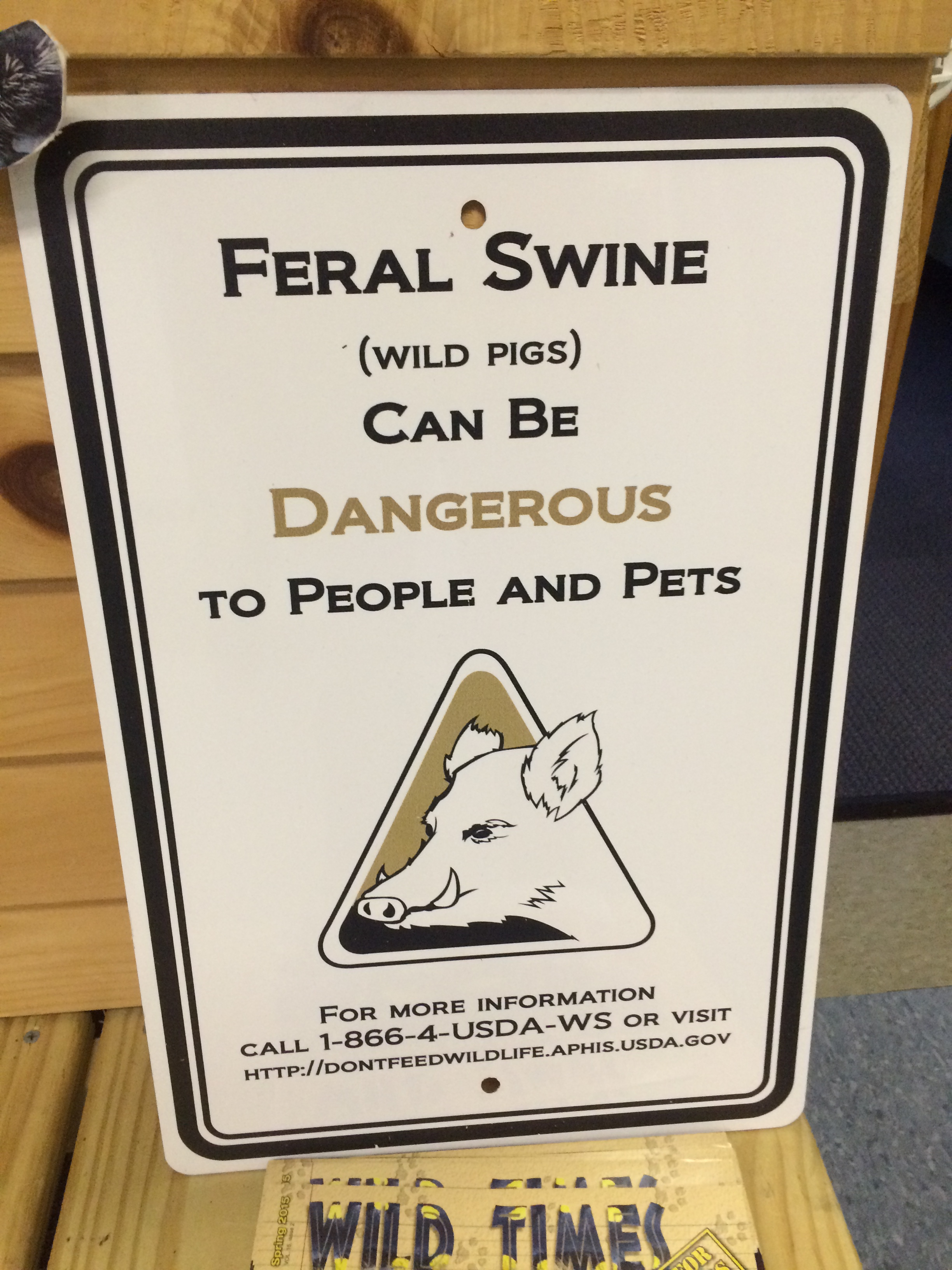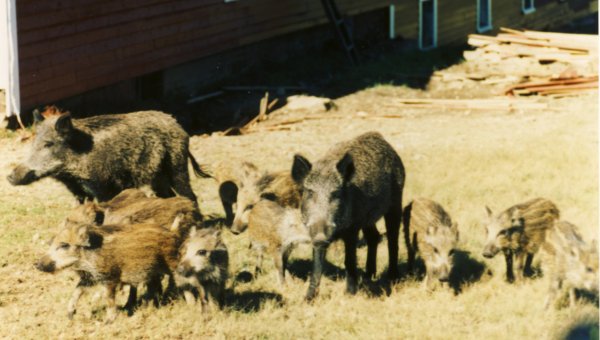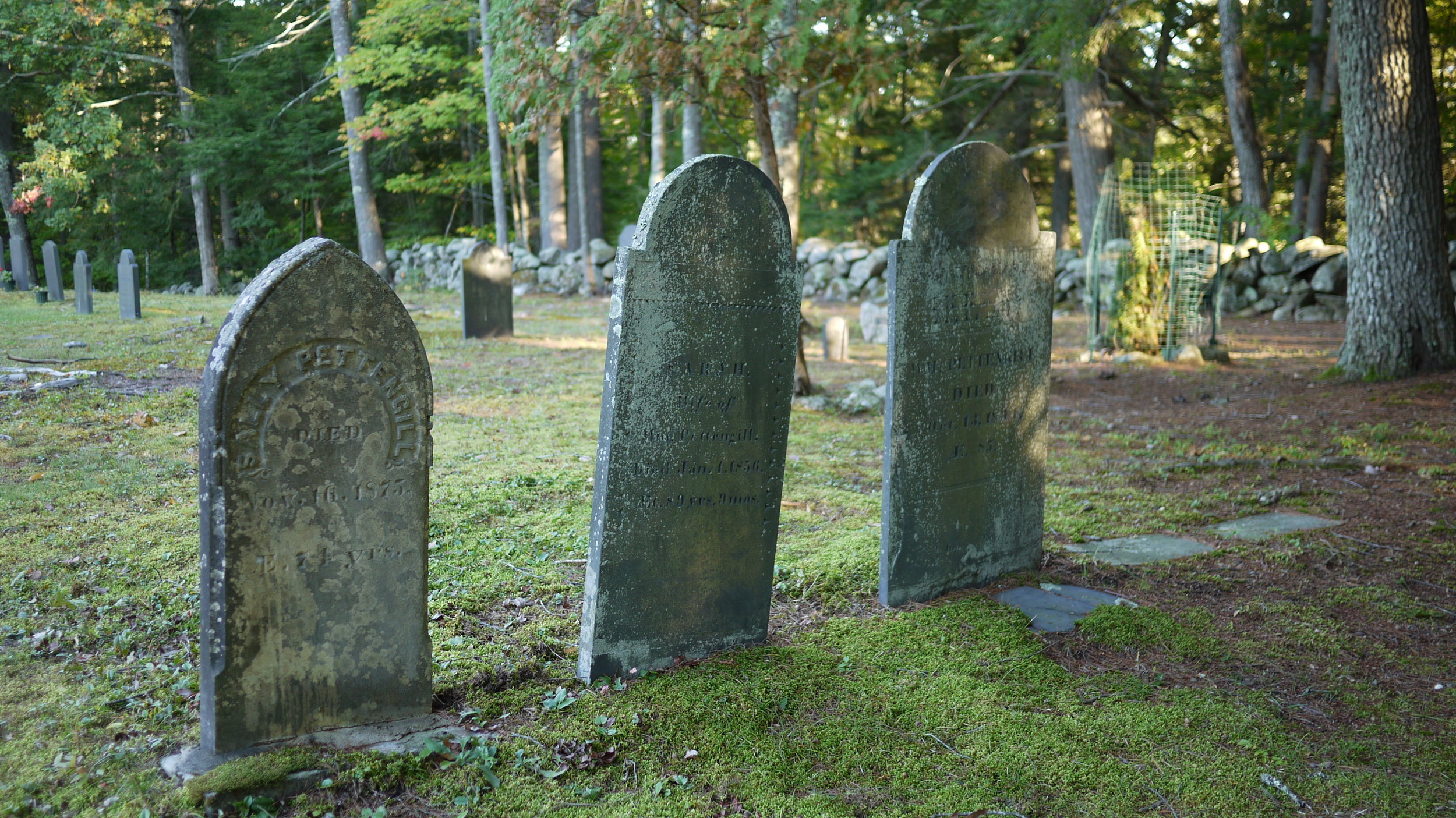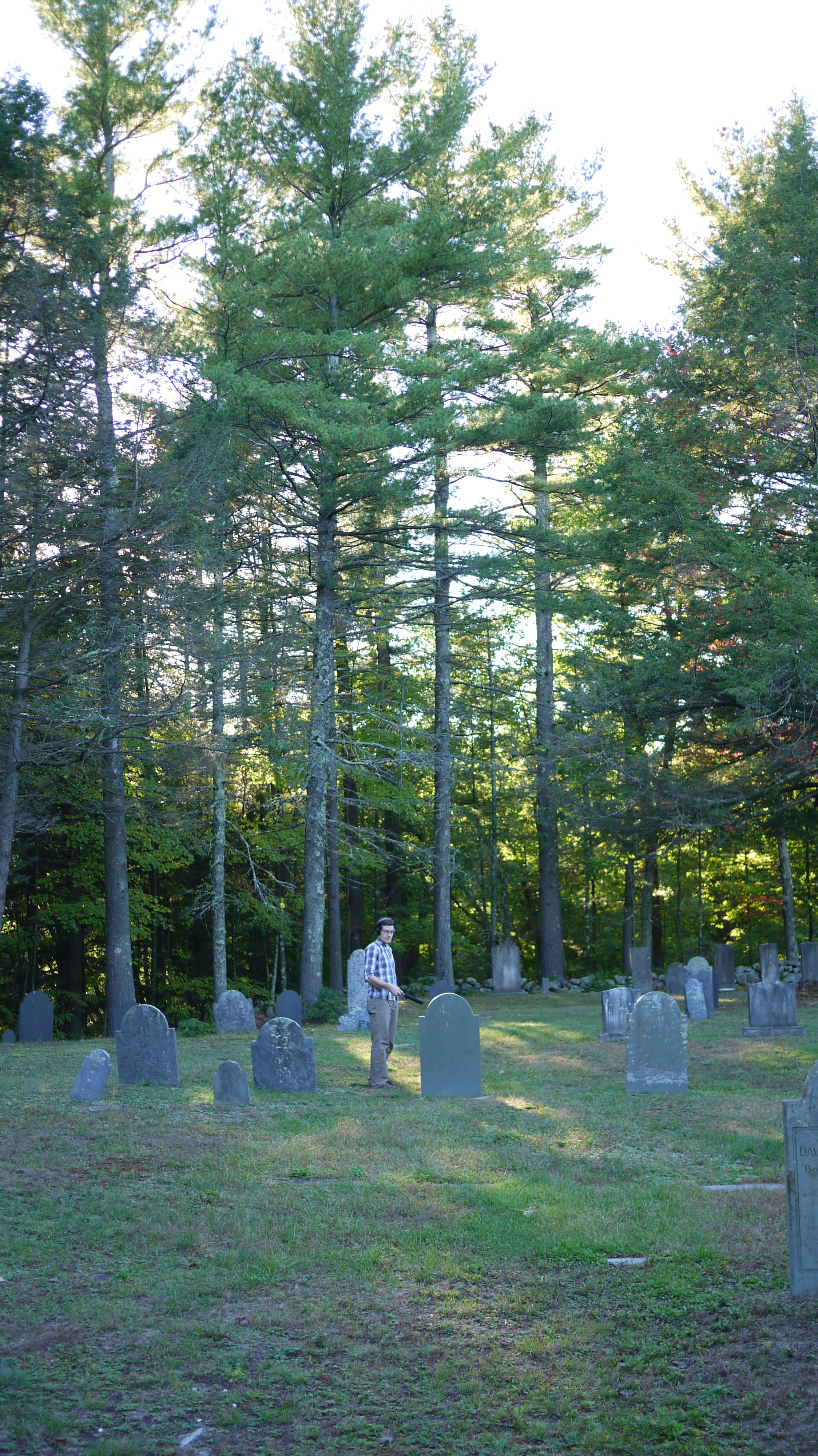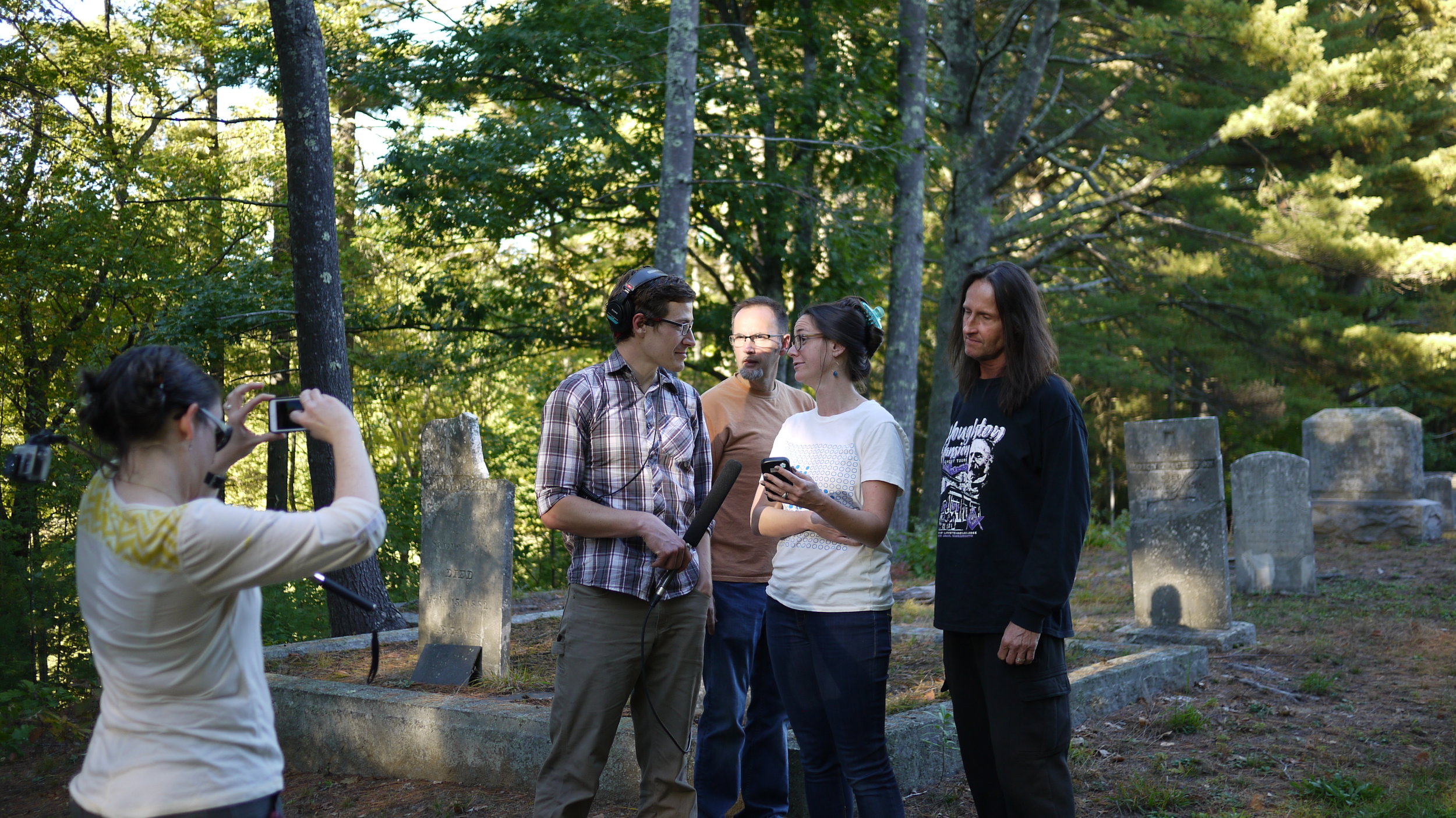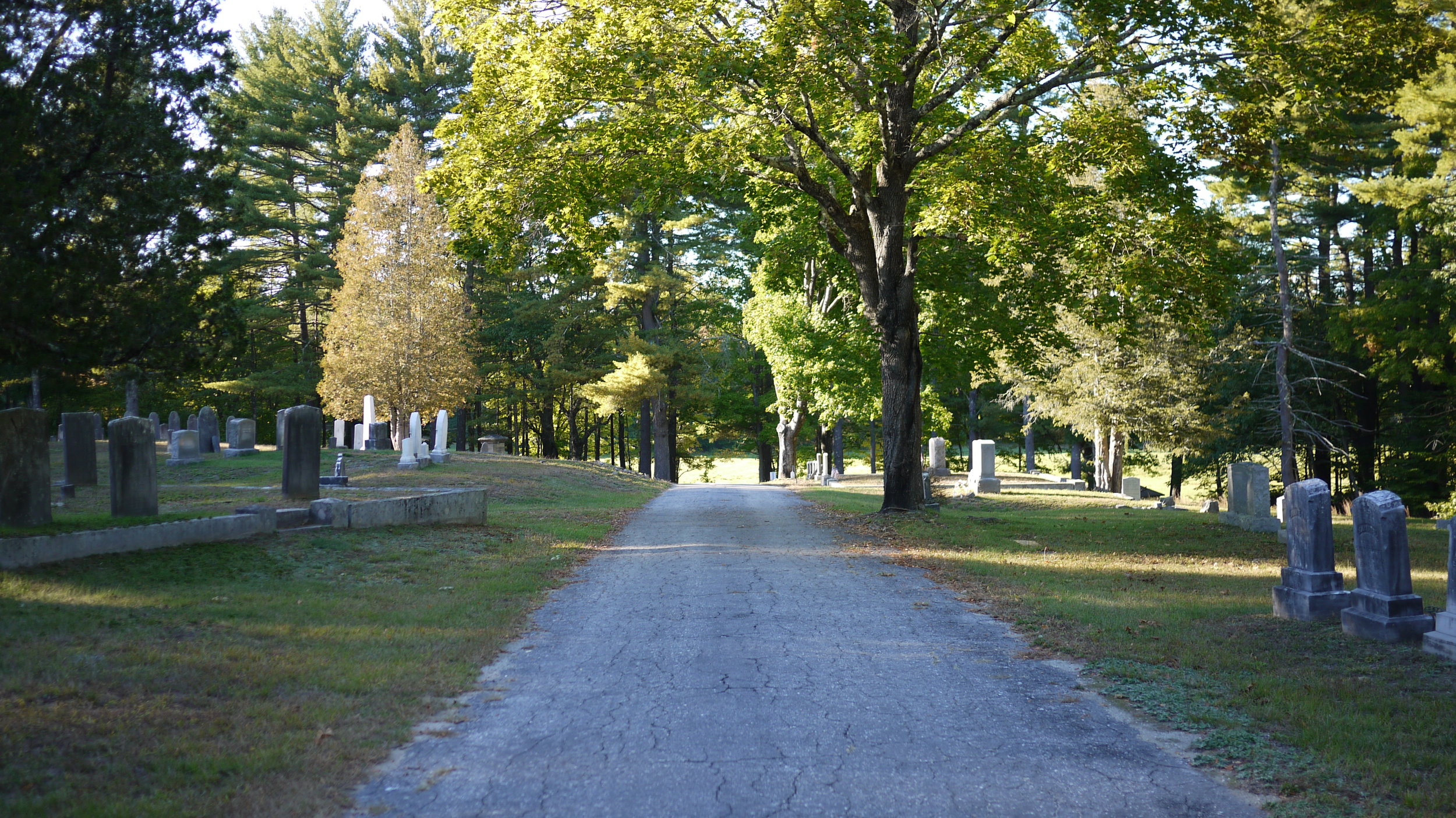Leave it to Beavers
Beavers (Castor canadensis), have been kicking around in North America for 2 million years. Ecologically they do all sorts of great things: their ponds ease flooding downstream, and support large numbers of bird species, fish, amphibians, and otters. They're what's called a keystone species, as in the keystone to an entire eco-system. But they're also the world's second largest rodent and a nightmare for property owners. Humans and beavers have a long history together because they like to live in the same places, but the way we've built our infrastructure has almost guaranteed our two species will be locked in eternal conflict.
We have created a trap for ourselves. A trap that ensures that we will come into conflict with nature’s most industrious rodent. A trap that also guarantees that we will come into conflict with each other as we try to sort out how to get out of this trap. That’s the conclusion I’ve reached, anyway, after spending the last few weeks researching beaver.
“For seven years I said, you can’t kill them, you have to outwit them. That’s back when I thought you could actually outwit a beaver, but you can’t.”
Take Carol Leonard for example: a self-described “hippy-girl” who was the first registered midwife in the state of New Hampshire. (Incidentally, in what was perhaps the weirdest reporting coincidence I’ve ever come across, Carol was the same midwife who helped deliver me, 31 years ago.) When Carol retired to a beautiful 400-acre spread in mid-coast Maine, hoping to build her dream house, she and her husband ran head-first into conflict with beavers. A growing dam led to an expanding pond that was getting ominously close to where Carol wanted to put her septic system.
A pick-up truck swallowed whole by a beaver dam. | Photo Courtesy of Mike Callahan, beaversolutions.com
“For seven years I said, you can’t kill them, you have to outwit them,” Carol told me. “That’s back when I thought you could actually outwit a beaver, but you can’t.” Eventually Carol apprenticed to become a trapper. Her decision was that if she couldn’t outwit them, she would eat them. “I always thought I was on the other side, when I was doing my midwifery, so it always surprised me when I got into trapping.”
Beavers and people like to live in the same places, and if you pick a fight with a beaver, here’s what you’ve got to consider: we’ve got other stuff to do—jobs, meals to cook, soccer games. Beavers on the other hand, they do one thing: build dams.
So if, as in Carol’s case, a beaver were eyeing the same spot that you wanted to live, what would you do?
First We Eliminated the Beaver
If you’ve never seen a proper, massive beaver dam before, you need to get yourself over to Google image search right now and look at some. The biggest one in the world is about a half a mile long and 13 feet tall, and was identified from outer space.
Beaver teeth grow constantly, and they actually have to keep chewing wood to keep them in check. And yes, they do actually just eat wood: they eat the cambium, the soft spongy layer of new growth that’s just under the bark.
On the ecological side, beavers do all sorts of great things. Beaver ponds help to ease flooding downstream. They slow water down as it rushes towards the ocean, meaning they help to recharge drinking water aquifers. Their ponds support large numbers of bird species, fish, amphibians, otters. They’re what’s called a keystone species, as in the keystone to an entire ecosystem.
Beaver have been kicking around in North America for 2 million years. What’s new, on the millennial time scale, is Europeans.
When the Europeans arrived in the US, first came the fur trappers and fur traders, driven by intense demand for top hats, made from felt which is made from beaver fur. (Because nothing says class like putting the world’s second largest rodent on your noggin.) They traded extensively with Native Americans, and paid them for every pelt they brought. After the fur traders, came the farmers.
“On the ecological side, beavers do all sorts of great things.”
“Beaver were going to be both a source of cash for these settlers and, of course, a problem for these settlers, because beaver are competing for the same environment,” explains Ann Carlos, economic historian from the University of Colorado Boulder.
Beaver ponds, once the dams are destroyed and the water drains, turn into something called beaver meadows, which are fantastic places to grow crops. So farmers come in, trap any beaver that are left, destroy the dams, drain the ponds and make their fields. One study found that sixteen states lost more than 50 percent of their wetlands as the settlers rolled in. Another six states, mostly in the Midwest, lost more than 85 percent.
“By about 1830, many of these populations were being seriously over harvested, and run down,” notes Carlos. This was especially true in the United States, where all throughout the Northeastern part of the US, beaver were virtually wiped out.
And Then We Set The Trap
Meanwhile, year after year, we’re building. Those farms built on old beaver ponds are connected together by roads. More of the fields are subdivided and turned into housing developments. Bit by bit, we occupied the space the beavers once held.
Pat tate with a local beaver's handiwork | Photo: Sam Evans-Brown
Then in the early 1900s, we brought the beaver back. Why? Because for one, biologists had begun to recognize how good they are for ecosystems. But also people like having beaver around as a game species. In other words, an animal that is around so they can be trapped. So wildlife agencies reintroduced them and helped them build back up until they numbered in the thousands.
“Our roads were based on native American trails—a high number of them—and a high number of those native american trails were based on game trails. And I can say as a hunter who has walked all over the state of New Hampshire, their preferred wetland crossing every time has been a beaver dam,” explained Pat Tate, the furbearer biologist for Fish and Game here in New Hampshire.
In other words, many of our roads have been built the same spot that beavers like to build their dams. And in the cases of bridges and culverts, we punch a tiny hole through those roads for the water to pass, which is like a giant blinking arrow to any beaver that encounters it, indicating “build your dam here!”
So What Do We Do? Kill them?
The paradigm under which we currently operate is called the American system of wildlife management, under which wildlife is a commonly owned resource, and through regulation we decide how many animals we will kill. Are deer eating the shoots off of too many saplings out in the forest? Increase the number of deer hunting permits issued. Are farmers complaining about losing livestock to coyotes? Relax limitations on hunting them. Are there so many beaver that they are expanding wetlands until they flood wells and roads? Call in trappers to reduce beaver populations in that location.
This ensures that the population stays below what is called the “biological carrying capacity” which is a fancy science-y way of saying “how many beaver the land can sustain.” Pat Tate is a big believer in keeping animal density low, because he believes it makes the animal’s lives better.
“I once removed a beaver that had a beaver-tooth in its back, and it didn’t grow its own tooth in its back, that was a tooth from another beaver that somehow broke off in the animal’s back.”
Jeff Traynor shows us one of his beaver traps. The stick is the food. | Photo: Logan Shannon
Beaver are very territorial animals. When a young beaver reaches two-years-old, they strike out on their own to find their own water body to live in. Often they have to battle other adult beavers to find their place. “I once removed a beaver that had a beaver-tooth in its back, and it didn’t grow its own tooth in its back, that was a tooth from another beaver that somehow broke off in the animal’s back,” Pat said, “As I’ve reduced numbers in the wetlands, and went back subsequent years to trap, the amount of scarring and bite-marks on the beaver decreases. So the individual animal’s health increases.”
Most trappers aren’t doing it for a living, or to feed their families they do it because they want to. They want to connect with a tradition they identify with, or maybe they just like getting outside, and doing the close observation of nature that trapping requires.
And trappers I’ve spoken to hear a lot of hypocrisy whenever they hear people call trapping immoral. For instance, a trapper from Southern New Hampshire, Jeff Traynor, points out there isn’t the same outrage at housing developments or highways or parking lots: forces that have just as much to do with keeping beaver populations low.
“We are the most invasive species on the planet, there’s no doubt about it,” he told me, “As we encroach more we’re pushing them. So where is that overflow going? There’s only so many places that they can go. It comes to a point where you can say, well let’s just let nature take its course, or you can say, as human beings can we manage this creature with moral wisdom?”
Jeff Traynor prepares a trap. | Photo: Logan Shannon
One of jeff traynor's traps under a thin layer of ice and snow | Photo: Logan Shannon
After chopping away at the ice, jeff Prepares to check the trap. | Photo: Logan Shannon
Or Just Keep Them Off Our Lawns?
But this “moral wisdom” argument, just doesn’t do it for many beaver believers. Skip Lisle, founder of Beaver Deceivers International, has heard this argument for years in his line of work, and doesn’t buy it. “You know, you always hear, we have to kill the beavers so they don’t get hungry. And if you were an individual beaver, you can imagine which choice they would choose if they had one to make, right? Would you rather be hungry or dead?”
The proponents of restricting beaver trapping often point out that while some management decisions are based on ecosystems science—with government biologists going out and to try to estimate how many animals the land can sustain— other times, the decision is based on our willingness to tolerate animals. This is, almost euphemistically, what we call the “cultural carrying capacity.” And for beavers, it’s often that cultural limit, and not the actual limits of the habitat, that they bump up against.
“Beavers are a two-million-year-old species, right? By some miracle, they survived just fine. They suffered, they died, they thrived, but they did it on their own, like most species do. You know we don’t manage chickadees so that some chickadees aren’t hungry sometimes.”
Skip and his disciples argue they can increase society's tolerance for beaver by keeping the two species from coming into conflict. Beavers’ damming instinct is triggered by running water, and by using a clever arrangements of grates, culverts, and drainage pipes, Skip keeps beaver far enough away from the running water that they don’t get the urge to start building a dam.
By putting in this type of “fixed protection” whenever a conflict arises, Skip argues we can have the best of both worlds: a growing beaver population and an infrastructure that isn’t submerged under beaver ponds. For him, the argument that trapping leads to a healthier population is beside the point.
This is a pond leveler or flow device, prior to being installed. This device tricks the beaver into believing that his or her dam is working. | photo courtesy of Mike Callahan.
“Beavers are a two-million-year-old species, right? By some miracle, they survived just fine. They suffered, they died, they thrived, but they did it on their own, like most species do. You know we don’t manage chickadees so that some chickadees aren’t hungry sometimes.”
These pipes and fences, limit where and how much habitat beavers can make. When the young beaver in these beaver colonies move out of their parents lodge, they won’t be able to just make this pond bigger and move to the other side. Instead of coming into conflict with humans who live close to the pond of their birth, they set off over land, and come into conflict with things that normally keep beaver populations in check: predators or other beaver.
Or maybe they’ll just wind in somebody else’s backyard; someone less dedicated to a non-lethal intervention.
What Would Happen If Trapping Went Away?
In 1996, animal welfare groups put forth a ballot referendum in Massachusetts proposing to eliminate the use of ,what they considered to be, inhumane traps. The referendum passed, making Massachusetts one of a handful of states to restrict the use of the standard trap that is used to kill beaver. After the referendum passed, the beaver population tripled in just a few years. (Though local wildlife advocacy groups argue this would have happened even if trapping was left in place.)
“As a result, the conflicts with people and the complaints essentially skyrocketed,” said Dave Wattles, the furbearer biologist for MassWildlife.
While the beaver advocates likely see the population boom as a victory, the rise in complaints had unintended consequences. In 2001 the state legislature passed a bill allowing kill trapping to be done through an emergency permitting process. Now though, those permits are given out by towns, instead of the state. This means that the state is no longer collecting data about how much trapping happens in Massachusetts, and that beaver can be trapped in the spring when it's possible to kill mothers, thus leaving young kits abandoned.
Dave Wattles also notes that beavers killed under a nuisance permit aren’t necessarily used for meat or fur. “The beaver that are now taken during these emergency permits, quite often they’re just trapped and thrown into a landfill and not used at all.”
What Would You Do?
Carol Leonard, who started off our story, spent seven-years trying to figure out how to fool the beavers on her property. “In my naivete I said oh well we’ll try these beaver deceivers and these beaver bafflers and all these do-hickers,” she recalled. But eventually she gave up and apprenticed with a trapper, and started to trap out the animals that threatened her property.
“I think the traditions of hunting and trapping in New England are good, healthy traditions. And I can’t talk against hunters… I can’t. I’m a meat-eater.”
“We are meat eaters, you know, we are hunter gatherers, it’s part of who we are. And so to be able to turn a blind eye to that is just a blind eye,” she said. She applauds animal rights activists, but says she thinks their efforts are better spent protesting concentrated animal feeding operations, or other places where animals live short and miserable lives before heading to our plates.
“I think the traditions of hunting and trapping in New England are good, healthy traditions. And I can’t talk against hunters… I can’t. I’m a meat-eater."
Carol says she has trapped somewhere in the neighborhood of 30 beavers from her property, and while many still remain just downstream, the pond that was threatening her septic setback is no longer growing. In 2015, she and her husband were able to start construction and their home, now completed, is gorgeous, judging from a recent photo spread done by Down East Magazine.
Beavers and people, we like to live in the same places. And if you ever find that a family of them are eying the same spot as you... well, good luck.
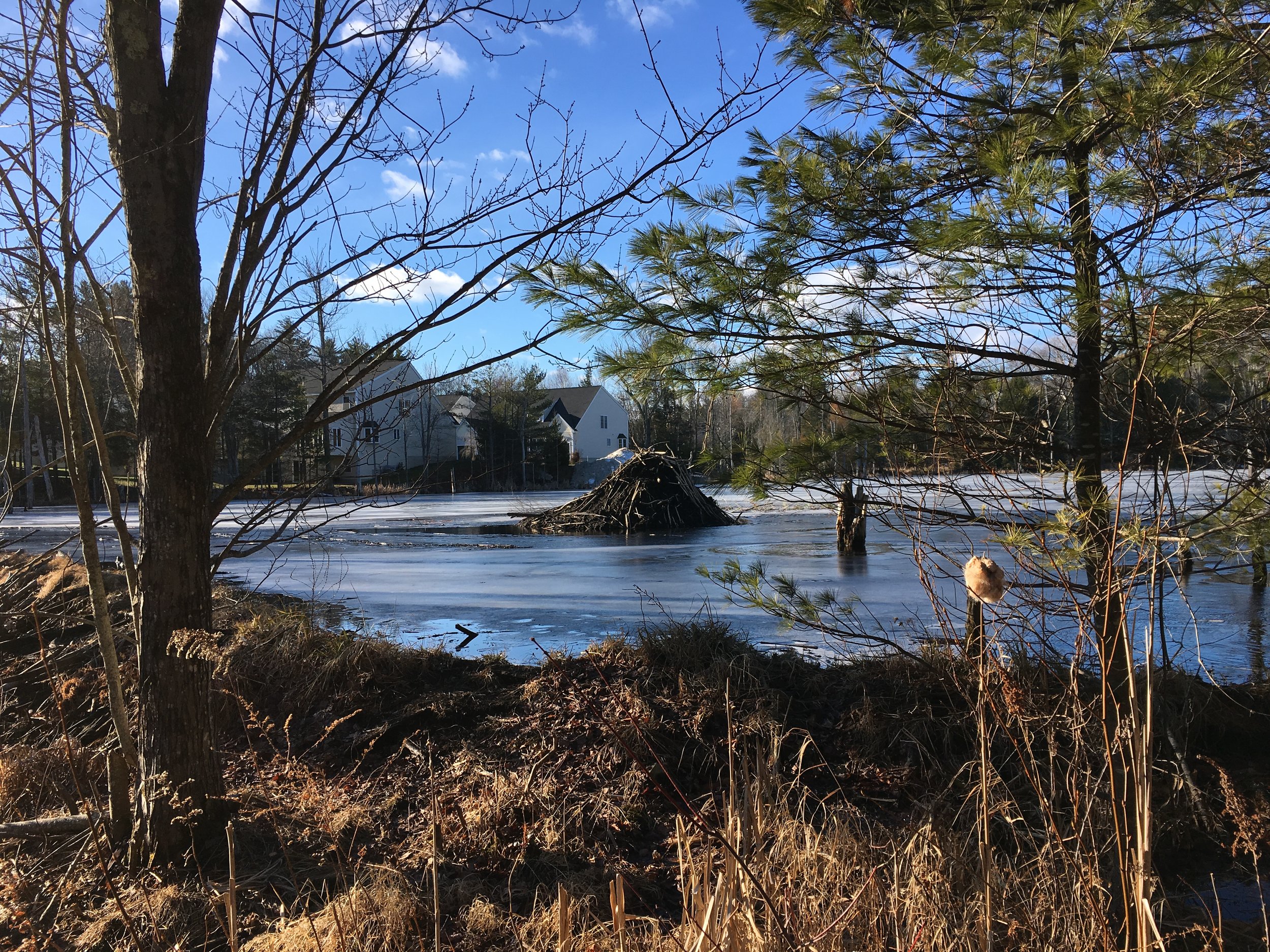
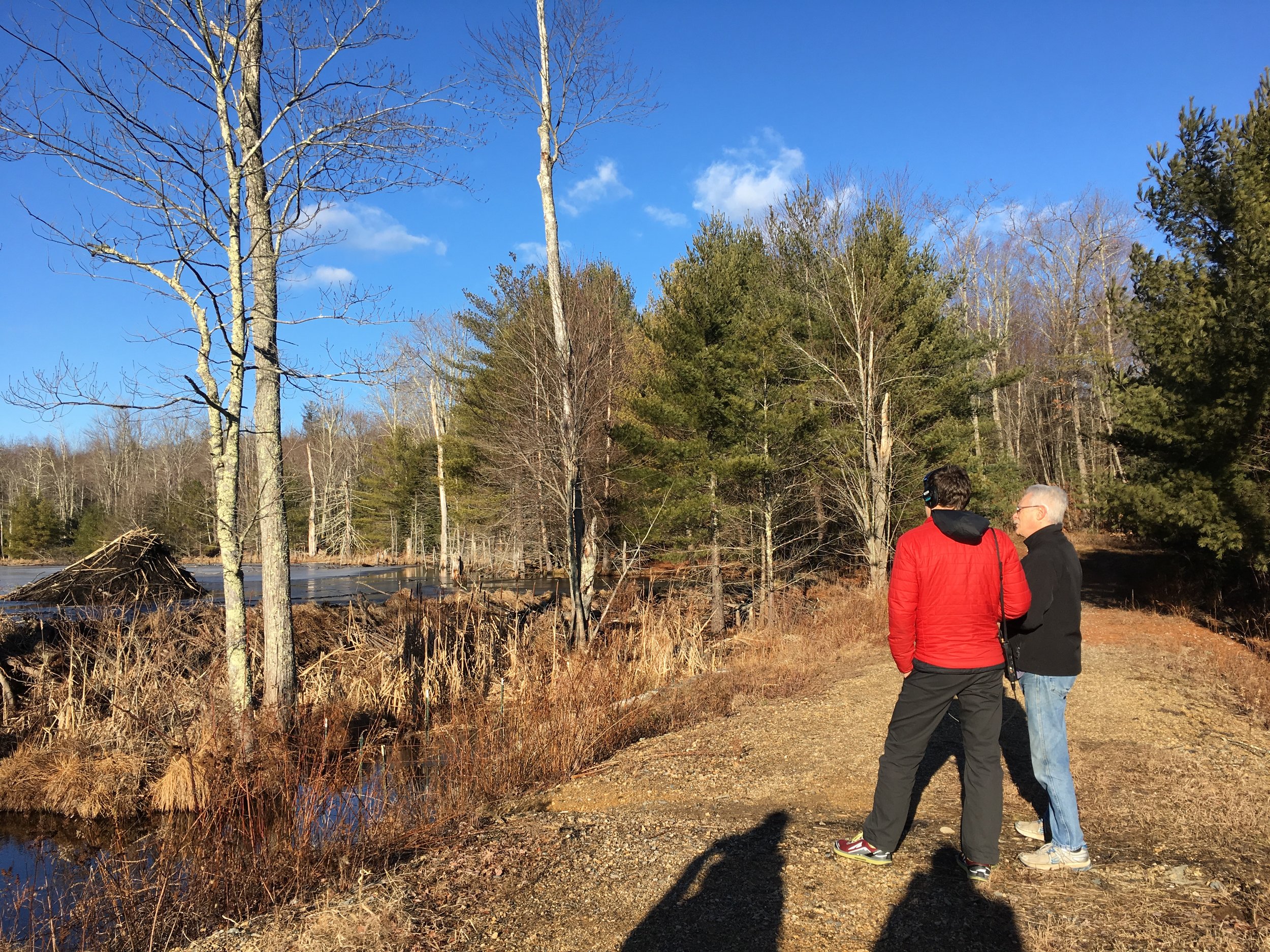
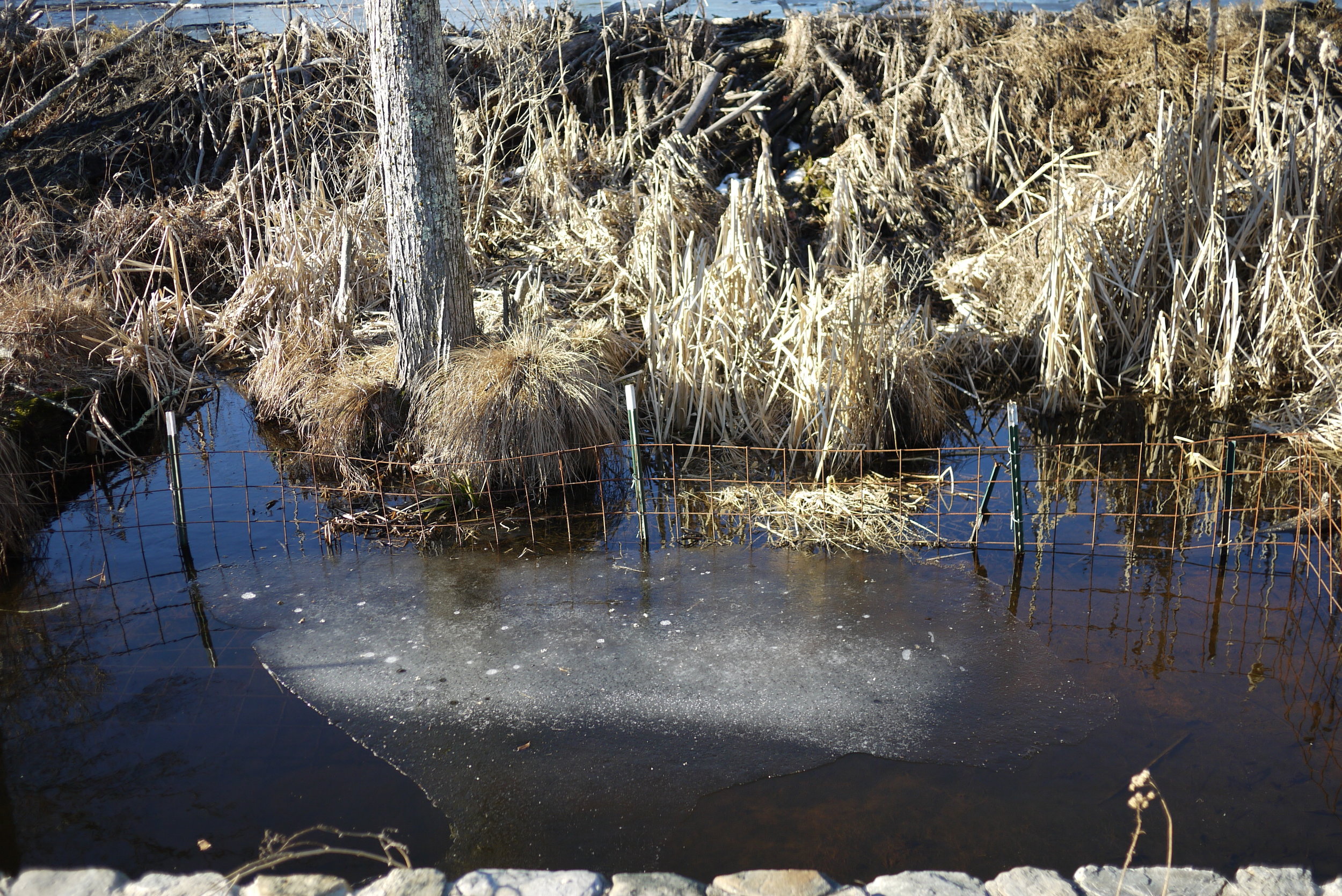
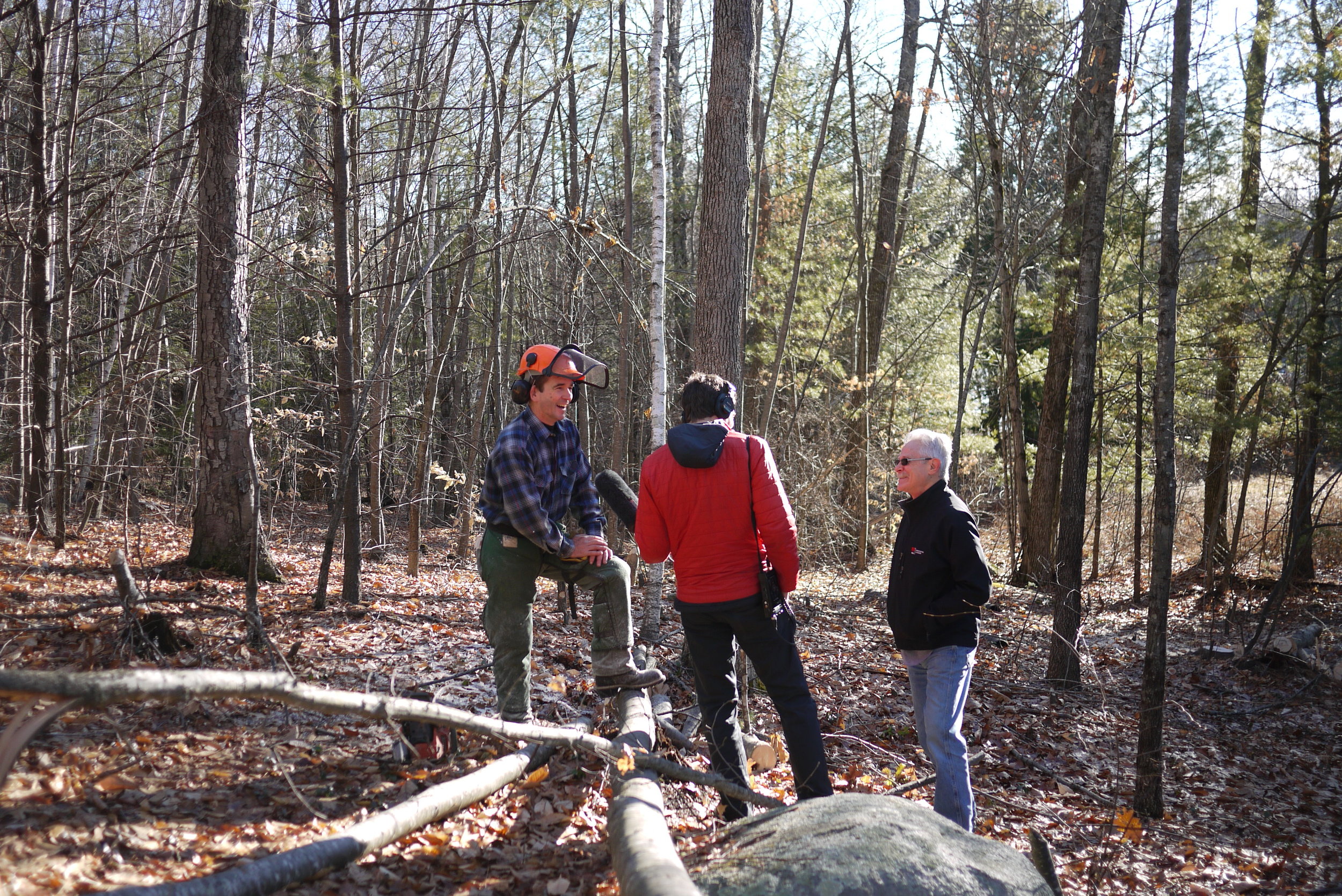

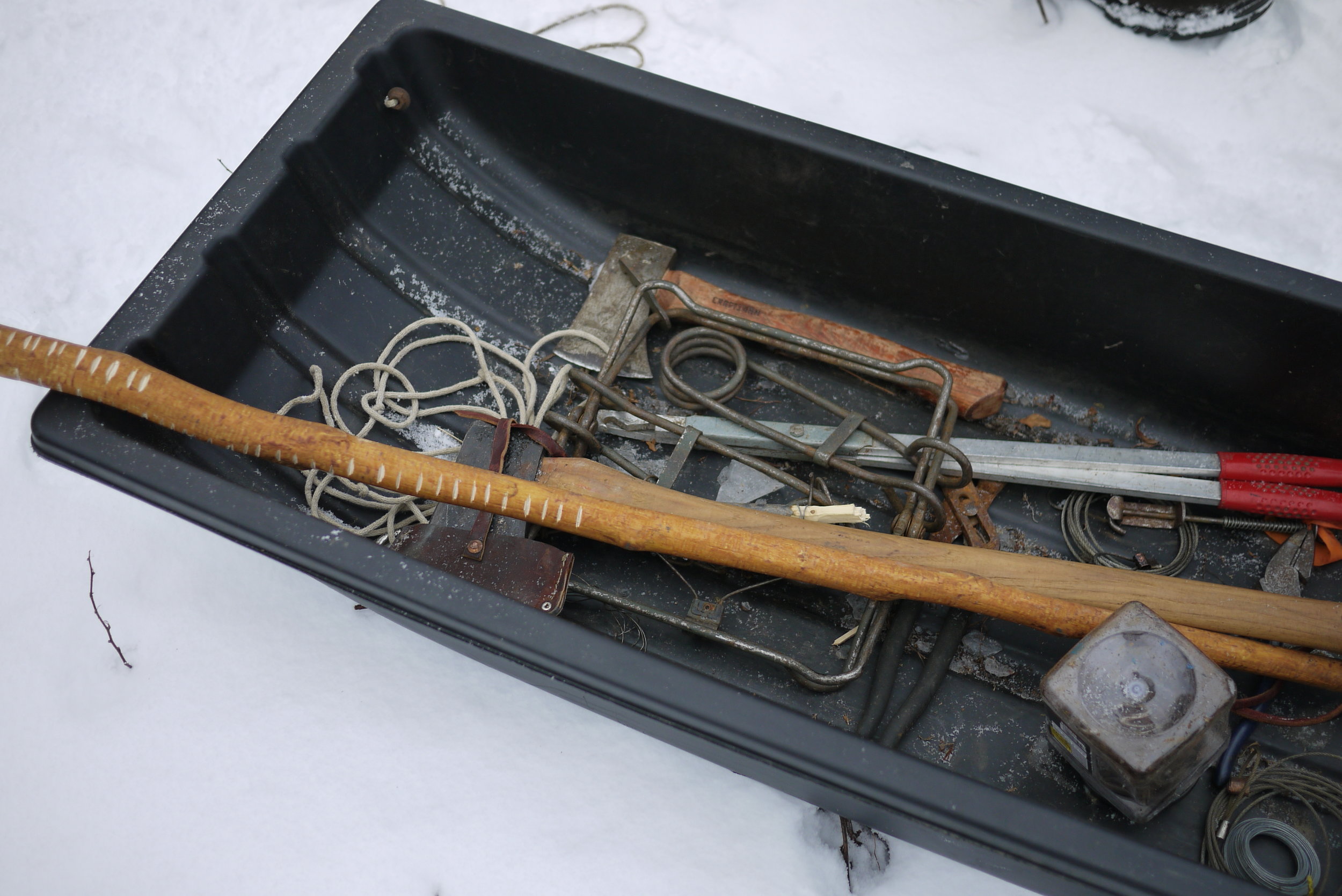
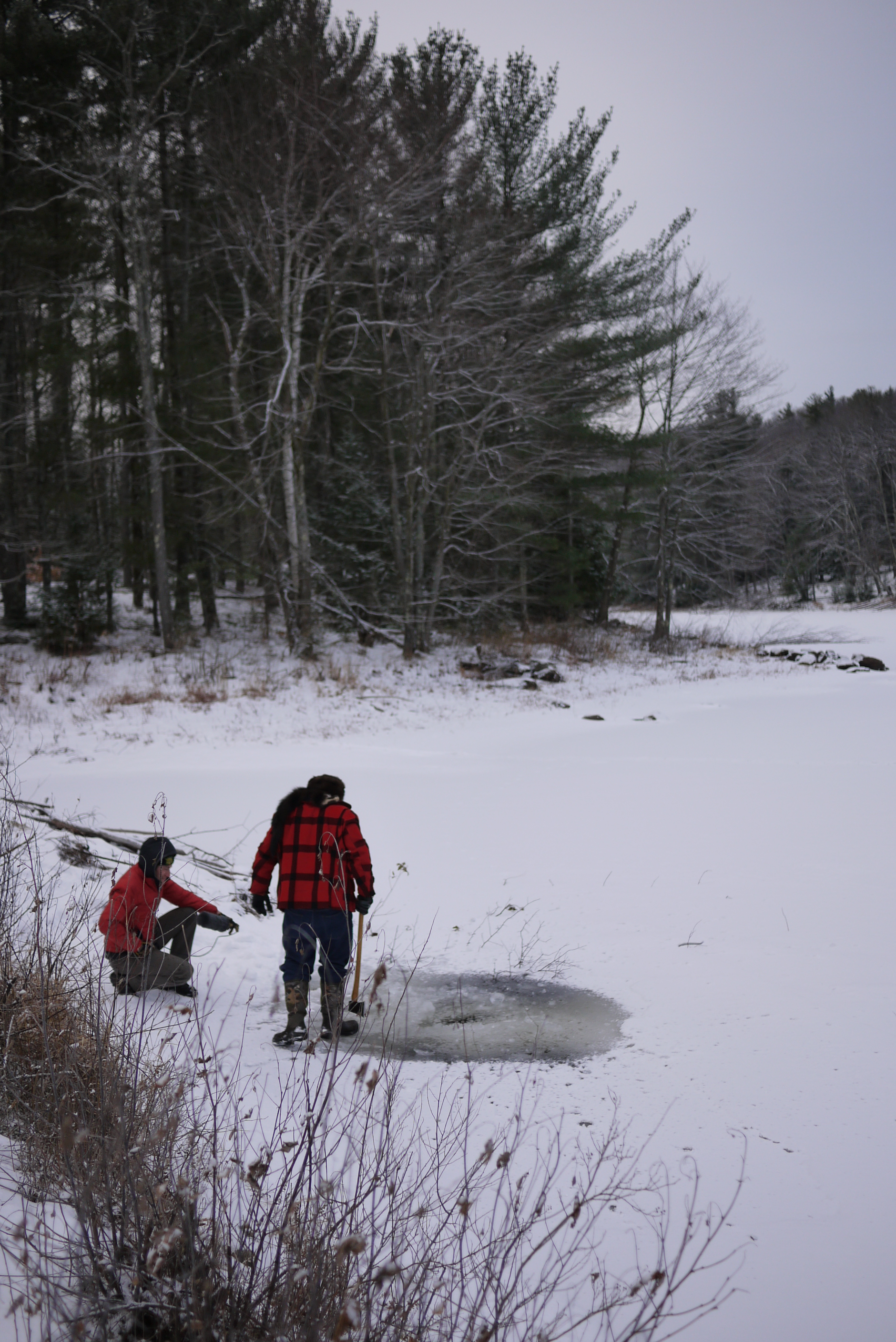
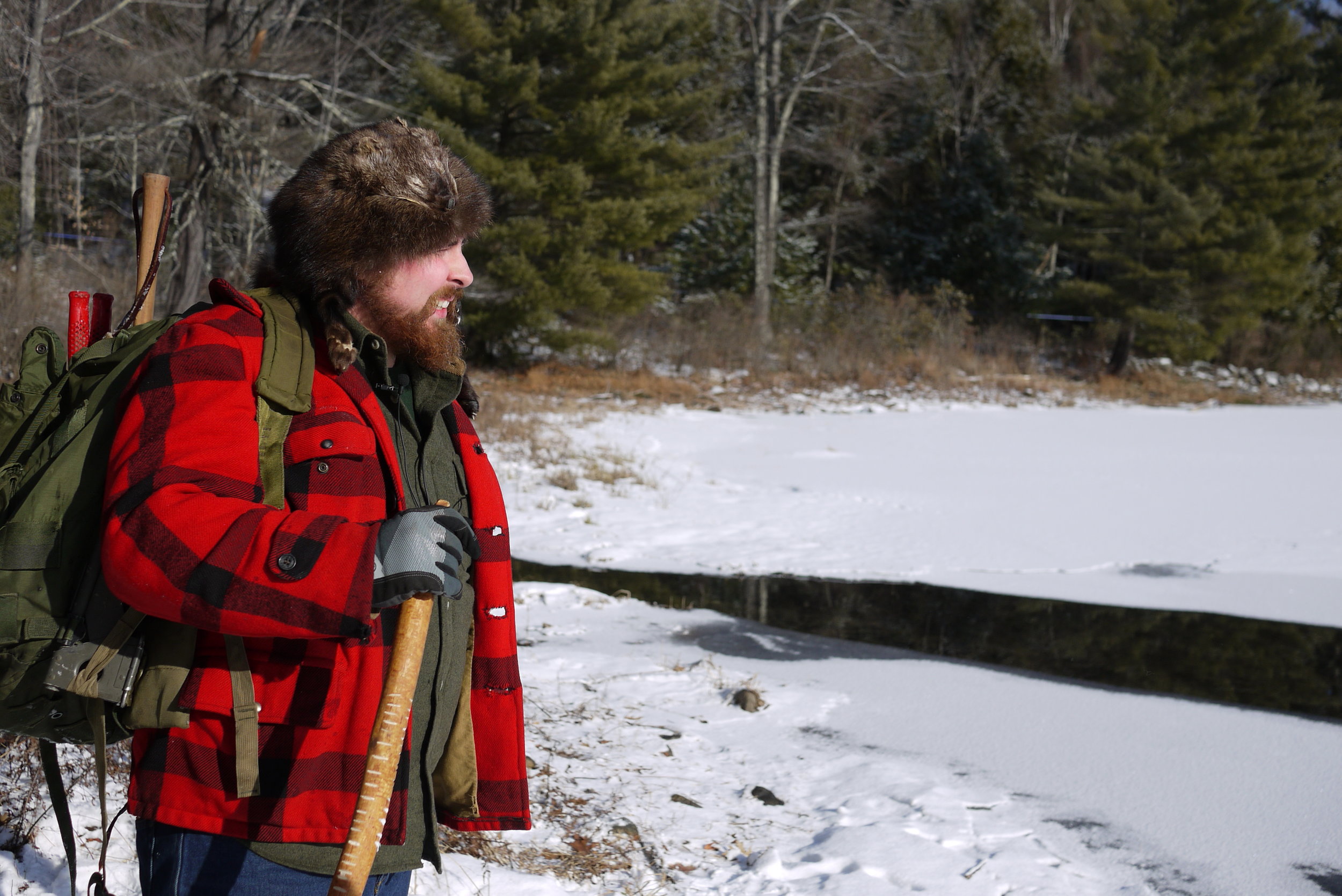

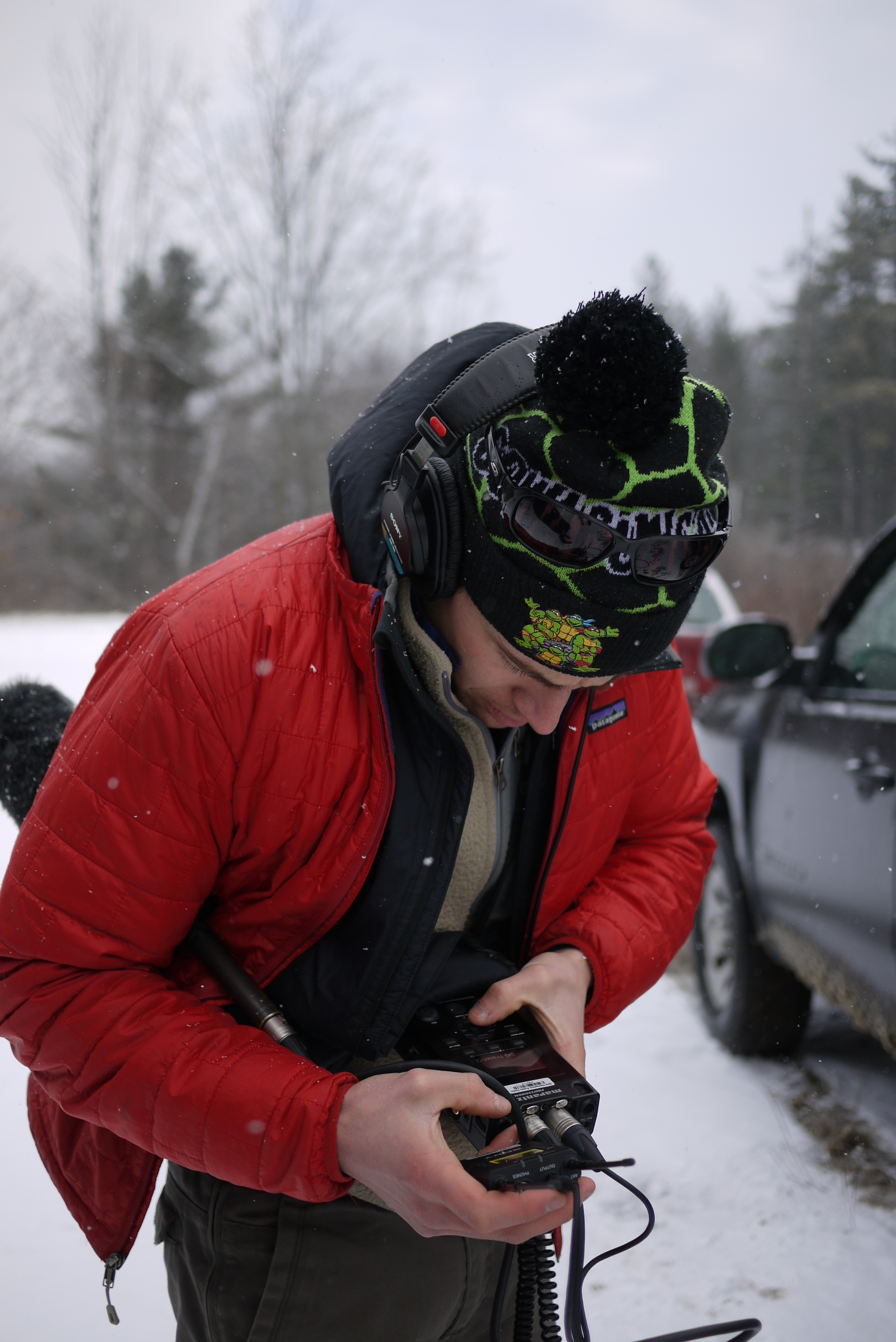
Outside/In was produced this week by:
Sam Evans-Brown, with help from, Maureen McMurray, Molly Donahue, and Jimmy Gutierrez. Logan Shannon was our digital producer.
Thanks this week to Ben Goldfarb, Dave Wattles, and Peter Busher, all beaver pros who helped me sort this week’s story out.
If you’ve got a question for our Ask Sam hotline, give us a call! We’re always looking for rabbit holes to dive down into. Leave us a voicemail at: 1-844-GO-OTTER (844-466-8837). Don’t forget to leave a number so we can call you back.
Music this week from Ari De Niro, The Marian Circle Drum Brigade, Blue Dot Sessions, Revolution Void, Jason Leonard and Podington Bear. Check out the Free Music Archive for more tracks from these artists.
Our theme music is by Breakmaster Cylinder.
Outside/In is a production of New Hampshire Public Radio.




